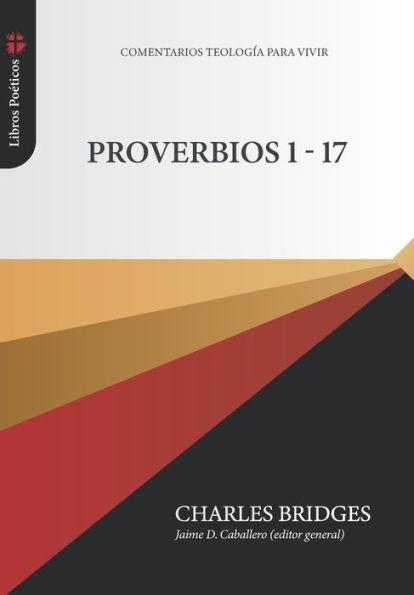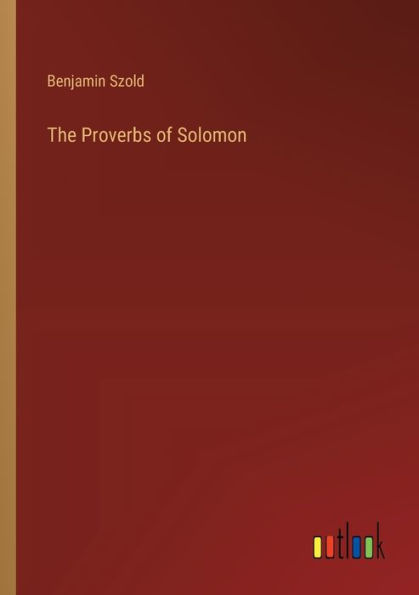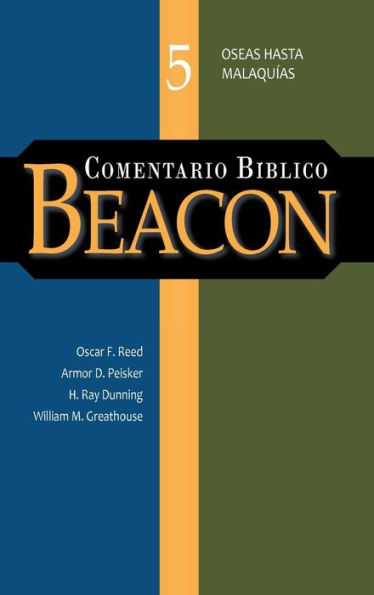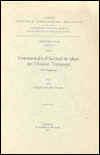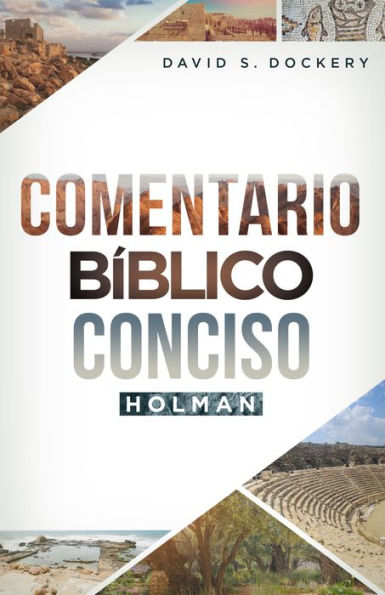Home
Comentario al texto hebreo del Antiguo Testamento - Proverbios
Loading Inventory...
Barnes and Noble
Comentario al texto hebreo del Antiguo Testamento - Proverbios
Current price: $34.99
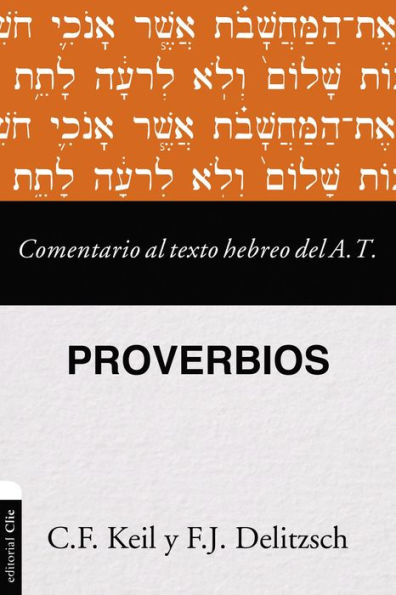

Barnes and Noble
Comentario al texto hebreo del Antiguo Testamento - Proverbios
Current price: $34.99
Loading Inventory...
Size: OS
*Product Information may vary - to confirm product availability, pricing, and additional information please contact Barnes and Noble
Esta obra recoge el proceso de composición e interpretación judía de los Proverbios, desde el tiempo de David (siglo X a. C.) hasta la fijación del texto masorético hebreo (siglo IX d. C.), tal como ha sido transmitido, vocalizado y precisado con acentos, música y vivencia espiritual a lo largo de los siglos. Al mismo tiempo muestra y desentraña la historia de la interpretación con los Proverbios, con las traducciones más significativas a las diversas lenguas de Europa, desde el griego de los LXX (siglo III a. C.), el arameo de los targumes y la peschita (siglo I-IV d. C.), pasando por el latín de San Jerónimo (Vulgata, siglo IV d. C.), hasta Lutero (siglo XVI d. C.), con los Padres de la Reforma Protestantes y el resto de las iglesias cristianas (católica, ortodoxa) de la modernidad.
El lector atento (aunque no especializado) podrá prescindir del análisis del texto hebreo, con la aportación de los masoretas, y quedarse en el plano de la lectura literaria, teológica y “pastoral” del texto, recibiendo el impacto y enseñanza de su interpretación.Se han escrito desde entonces otros muchos libros sobre los proverbios, en un plano histórico-literario y pastoral, pero entre todos ellos, por su análisis histórico-filológico, sigue destacando este libro-comentario de F. Delitzch.
This work gathers the process of Jewish composition and interpretation of the Proverbs, from the time of David (10th century B.C.) until the fixation of the Hebrew Masoretic text (9th century A.D.), as it has been transmitted, vocalized and refined with accents, music and spiritual experience throughout the centuries. At the same time, it shows and unravels the history of the interpretation of the Proverbs, with the most significant translations into the various languages of Europe, from the Greek of the LXX (3rd century B.C.), the Aramaic of the Targums and the Peschita (1st-4th century A.D.), through the Latin of the Proverbs (4th century A.D.), and the Latin of the Proverbs (4th century A.D.). C.), passing through the Latin of St. Jerome (Vulgate, 4th century A.D.), up to Luther (16th century A.D.), with the Fathers of the Protestant Reformation and the rest of the Christian churches (Catholic, Orthodox) of modernity.
The attentive reader (although not specialized) will be able to dispense with the analysis of the Hebrew text, with the contribution of the Masoretes, and remain at the level of the literary, theological and "pastoral" reading of the text, receiving the impact and teaching of its interpretation.Since then, many other books have been written on the Proverbs, on a historical-literary and pastoral level, but among them all, for its historical-philological analysis, this book-commentary by F. Delitzch still stands out.



